We’ve already talked about how plants can improve productivity, so we’ve decided to take a spin and discuss some beautiful but deadly flowers that actually have the power to undo us.
Disclaimer: Even if some of those plans were and are still used in medicine or for cosmetic purposes, we strongly recommended you to stay away from them, as they can be poisonous to both humans and animals.
Without further ado, here’s our list of beautiful but deadly plants that you should stay away from.
Table of Contents
1. Devil’s Helmet (Aconitum Napellus)
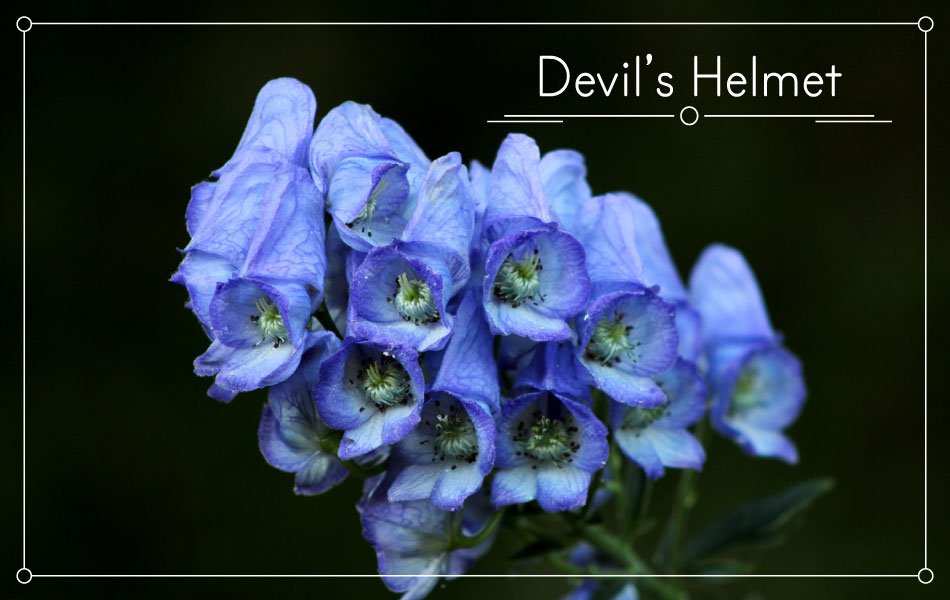
Aconitum Napellus, also known as Monkshood, Devil’s Helmet, or Wolfsbane, is a toxic plant usually grown for its beautiful blue-purple flowers.
This plant has been used since ancient times, so its history is quite interesting. In battles, Aconitum was applied on arrows and spears. In Ancient Rome it was used as a method of execution. It was even considered to repel werewolves, hence the name Wolfsbane.
When it comes to toxicity, the most dangerous toxin found in Aconitum is aconitine and it can cause both neurological and cardiovascular issues. Simply touching its flowers can numb your fingertips.
2. Deadly Nightshade (Atropa Belladonna)

Popularly known as Belladonna, this flowering plant is part of the Solanaceae family (which also includes potatoes, tomatoes, and eggplants). This is probably the reason why Belladona’s flowers look similar to the vegetables’ ones.
When it comes to toxicity, Belladonna is one of the most toxic plants known and it contains tropane alkaloids (atropine, scopolamine, and hyoscyamine), known to cause delirium and hallucination. The deadly part of the name comes from atropine, as it can disrupt the body’s ability to regulate breathing, sweating and heart rate.
If Belladonna sounds like it has a note of “beauty” in it, that’s because this beautiful but deadly plant has been used as a cosmetic in Italy. Drops prepared from Belladonna were used to dilate ladies pupils because it was considered to be attractive and seductive.
3. Castor Bean (Ricinus communis)
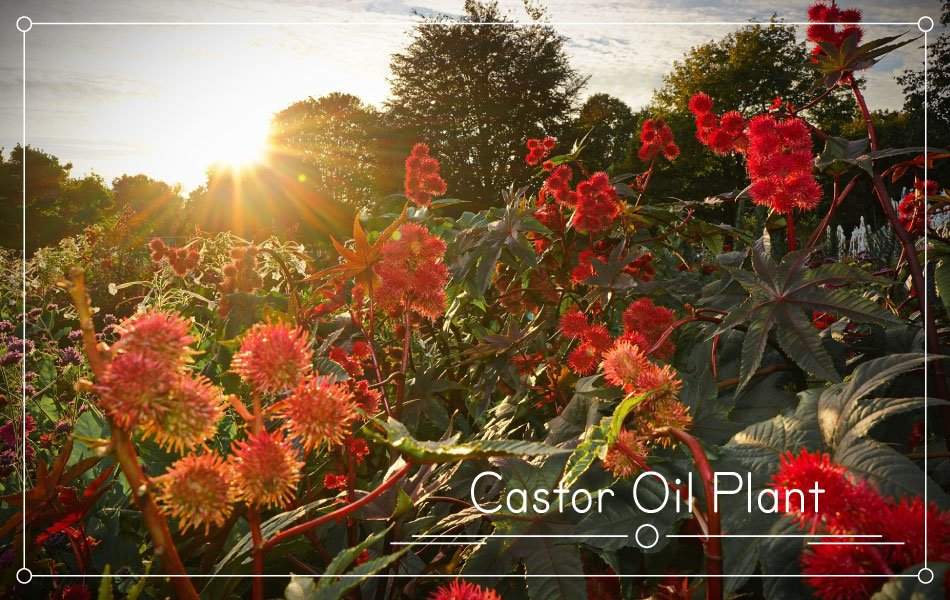
Castor Bean is another flowering plant that has a naughty nature and, I must say, this one comes with amazing leaves.
The toxicity in this plant comes from its seeds, as they contain ricin, a toxin that inhibits protein synthesis.
4. Oleander (Nerium Oleander)
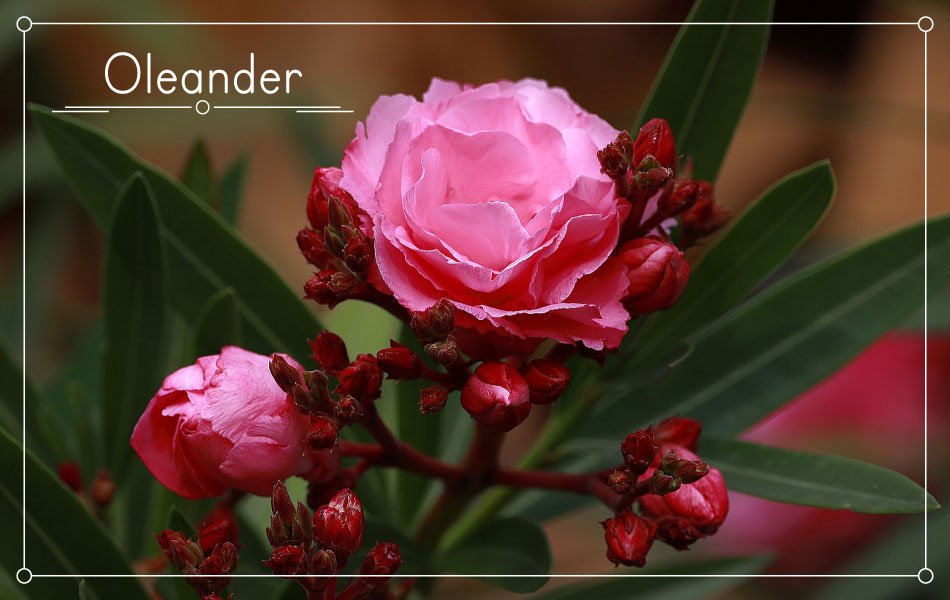
A tall indoor houseplant that’s popular as an ornamental plant worldwide is the Oleander. This plant produces stunning clusters of red, pink, or white flowers throughout the year, making it a year-round delight to behold.
Oleander ingestion can affect the gastrointestinal system, the heart, and the central nervous system. However, the cases of Oleander poisoning are low, since the plant is bitter and unpalatable to humans and animals.
5. Foxglove (Digitalis spp.)

Here’s another beautiful but deadly flower that comes in vivid nuances of purple, pink and also pure white. Digitalis have also earned some interesting names like “Dead man’s bells” and “Witch’s gloves”.
There are over 25 species of Digitalis, each and every one of them containing toxic substances. The most popular species is, however, Digitalis purpurea.
Digitalis intoxication is also called digitalism and it has symptoms like severe headaches, vomiting, nausea, or hallucinations.
6. Lily of the valley (Convallaria majalis)
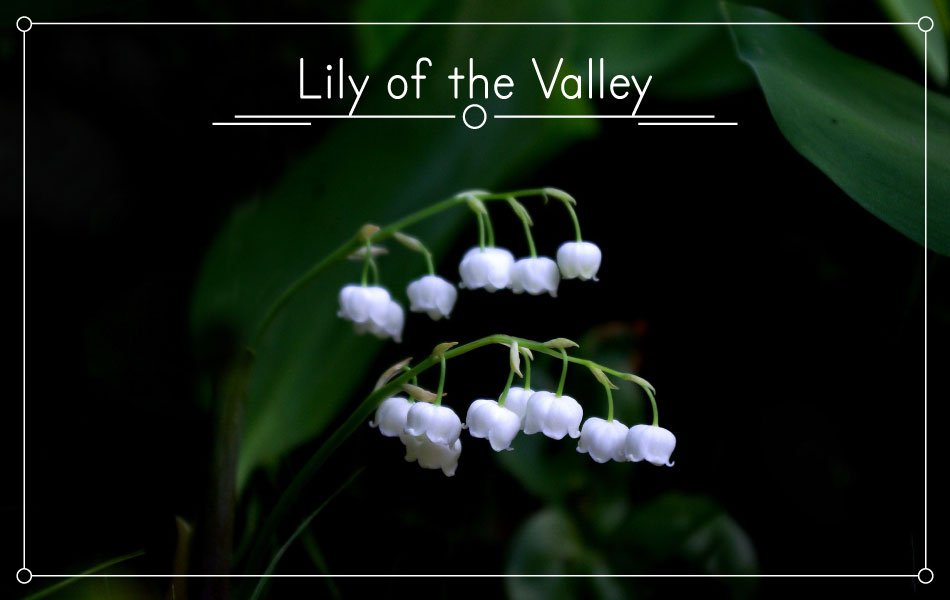
Who would have thought that a plant that looks so fragile can actually hurt you?
Lily of the valley is a highly poisonous plant for both humans and animals that usually grows in forests. It’s also widely grown as an ornamental plant since it loves shade and can easily cover the ground.
It contains cardiac glycosides and the symptoms of poisoning are similar to those of digitalis (the substance found in Foxglove).
7. Angel’s trumpet (Brugmansia spp.)
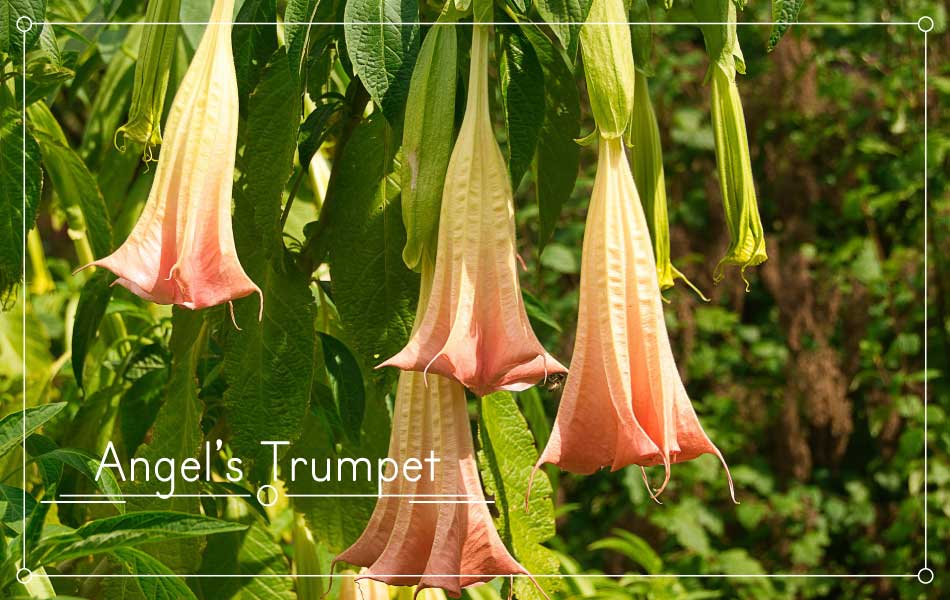
Another one from the Solanaceae family, and just like Belladonna, Angel’s Trumpet contains tropane alkaloids. This means that Brugmansia also has a place amongst the most toxic plants.
The symptoms of Brugmansia intoxications include confusion, tremors, poor coordination, hallucinations, delusions, dilated pupils, and can also lead to death.
8. Autumn crocus (Colchicum autumnale)
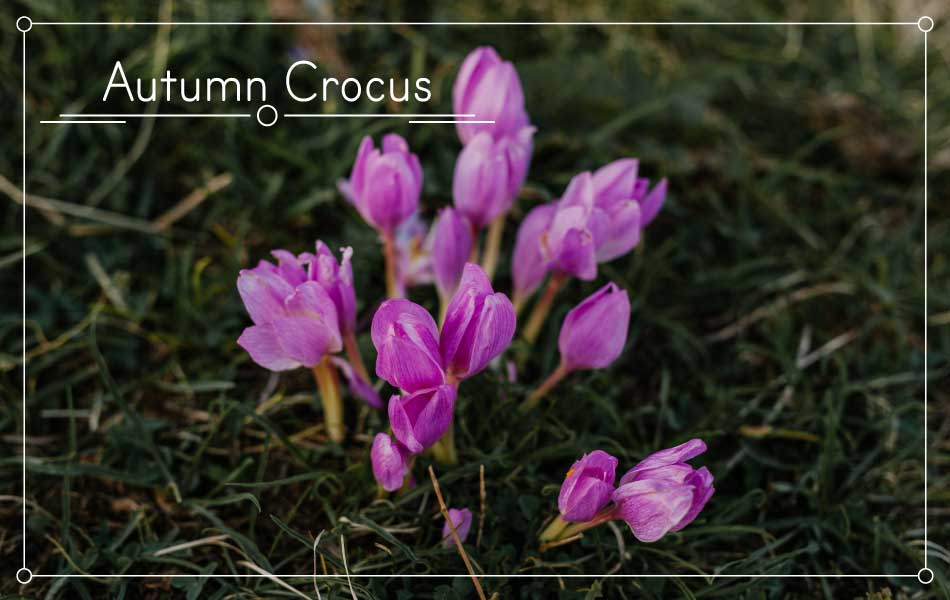
Autumn crocus is another innocent but deadly flower that also has a deceiving name, as it only resembles the true crocuses, but is not part of their family – Iridaceae.
Its more common names are Naked ladies, because its flower appears long before the leaves, and Meadow saffron because it’s similar to Crocus sativus – the actual saffron plant.
The plants from the colchicum genus are deadly because they contain colchicine, a medication used to treat gout. That doesn’t sound that bad, right? However, colchicine poisoning symptoms resemble those of arsenic and there’s no antidote for it.
9. Water Hemlock (Cicuta spp.)
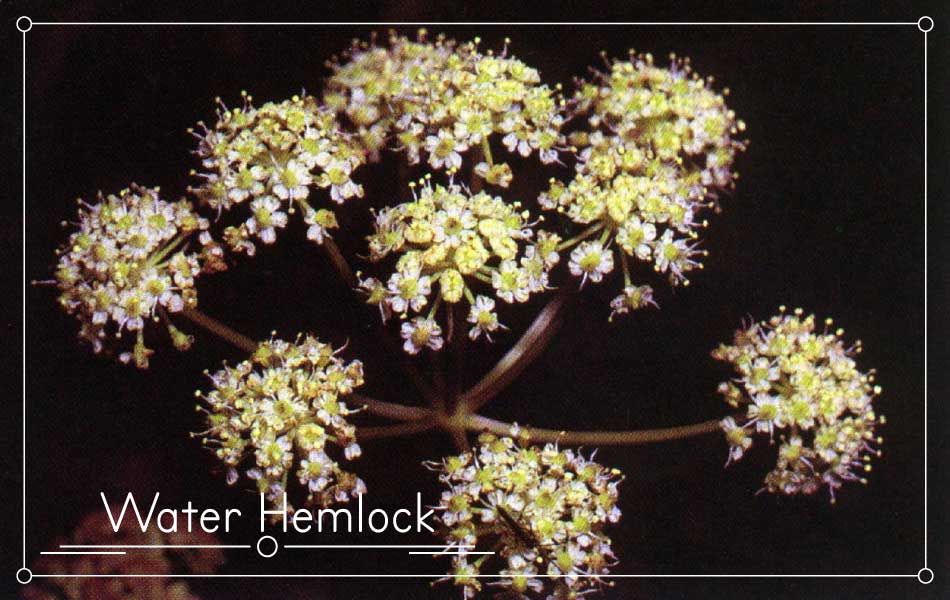
Cicuta, commonly known as Water Hemlock, is actually a genus of four species of highly poisonous plants. This plant is usually confused with Poison Hemlock (another deadly plant we will discuss below) and with the Hemlock Tree (commonly known as Tsuga).
Water Hemlock is more popular in North America, being considered one of North America’s most toxic plants, due to the toxin it contains – cicutoxin.
Cicutoxin acts directly on the central nervous system, causing serious seizures and convulsions.
All four species of Cicuta are highly poisonous to both humans and animals.
10. Poison Hemlock (Conium maculatum)
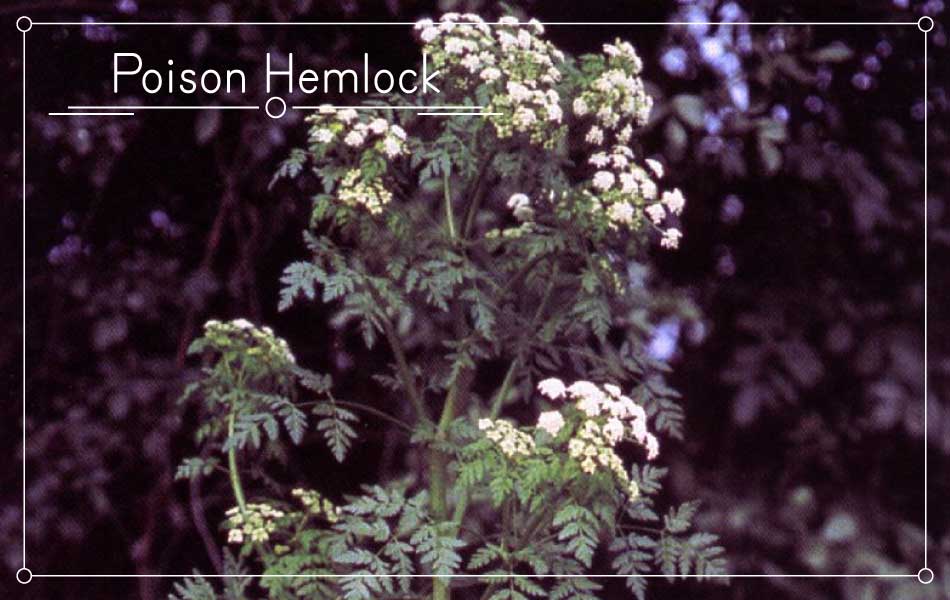
As mentioned above, Poison Hemlock is usually confused with Water Hemlock, due to their similarities in both name and appearances.
Some of its common names are Deadly Hemlock, Poison Parsley, Nebraska Fern, Spotted Hemlock, and European Hemlock (since it is native to Europe). It contains coniine and similar alkaloids that can cause respiratory collapse and death, which makes it highly poisonous to both humans and animals.
In ancient Greece, Hemlock was used to poison condemned prisoners. One of its most known victims was Socrates.
Conclusion
There you have it, our list of the most beautiful but deadly plants out there. As mentioned above, these plants contain deadly substances that can be fatal to humans and animals, so make sure to admire them from a safe distance.

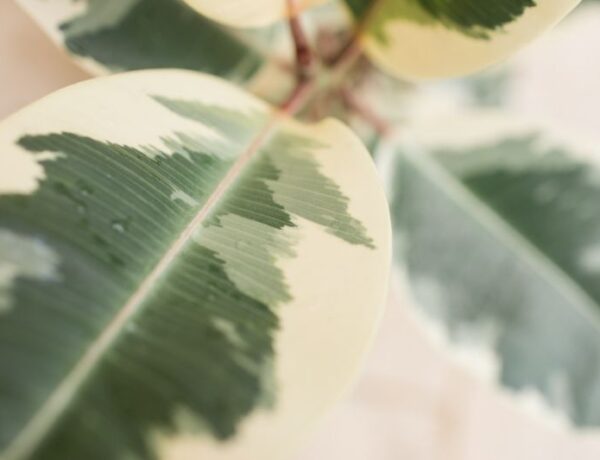
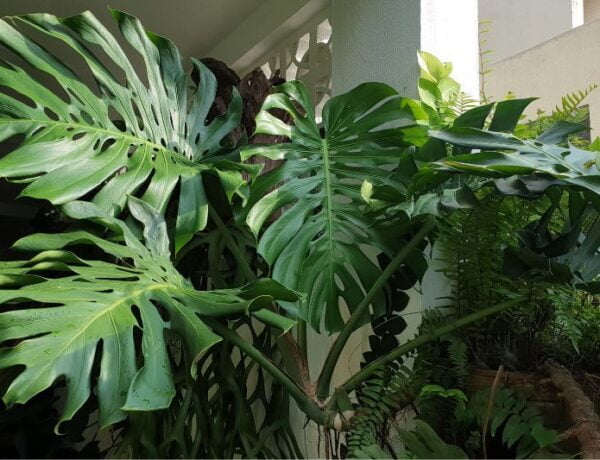



No Comments